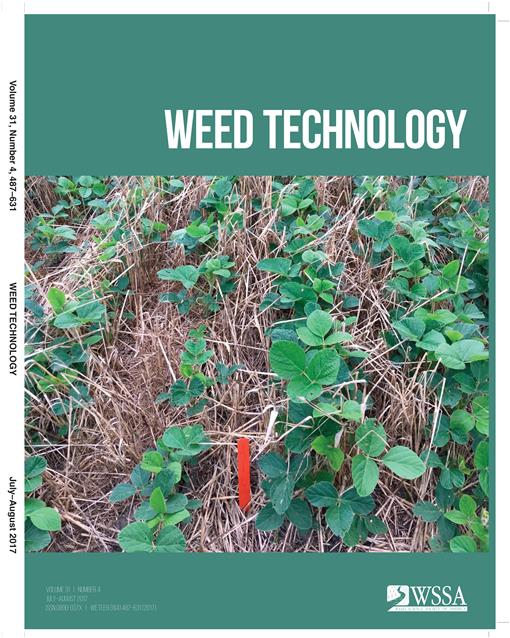A study to evaluate the effect of application time of day (TOD) on the efficacy of five burndown herbicides was conducted in Alabama and Tennessee. Treatments of 2,4-D, dicamba, glufosinate, paraquat, and saflufenacil were applied at sunrise, midday, or sunset to a native population of horseweed and analyzed separately. Control of glyphosate-resistant (GR) horseweed with 2,4-D, dicamba, glufosinate, and saflufenacil was greatest from the midday application. Percentage of living horseweed counts for all of these herbicides followed a similar pattern. Control from paraquat was lowest at the midday timing and greatest from the sunset application with surviving horseweed plant populations reflecting those control ratings. Application TOD significantly affected all of the herbicides in this research. Applications of 2,4-D, dicamba, glufosinate, and saflufenacil are more efficacious when applied during the middle portion of the day, while paraquat is more efficacious when applied at sunset for maximum horseweed control.
Nomenclature: 2,4-D; dicamba; glufosinate; paraquat; saflufenacil; horseweed, Conyza canadensis (L.) Cronq.





